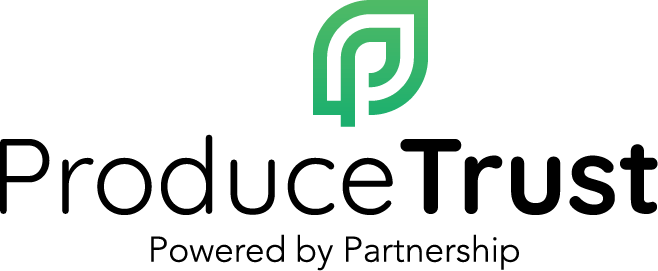Seasonal Workforce Management Tips
Seasonal staffing plays a critical role in the produce and restaurant industries,
especially during peak periods such as harvest season and the holiday dining rush. The
ability to hire, train, and manage seasonal workers efficiently can significantly impact
your operational success and bottom line. Here are some best practices to help you
manage your seasonal workforce effectively:
Streamlining Recruitment
Finding reliable seasonal workers can be a challenge, but establishing strong
recruitment channels will make the process smoother. Consider partnering with local
schools, universities, or temporary staffing agencies to build a dependable pool of
seasonal employees. Additionally, creating a solid digital presence by utilizing social
media platforms, job boards, and even your business’s website can attract applicants
quickly. The key is to stay visible and actively engaged in seeking talent, especially
during busy periods when competition for workers is high.
Efficient Onboarding
Once you’ve secured seasonal staff, it’s crucial to bring them up to speed quickly
without compromising the quality of training. Implement fast-track onboarding processes
that use pre-recorded training videos, structured checklists, and mentorship programs.
These tools can streamline training and ensure that seasonal workers are well-prepared
to contribute immediately. By providing clear expectations and support from the start,
you can enhance productivity and minimize mistakes.
Retention Strategies
Retention is just as important for seasonal workers as it is for full-time employees.
Offering incentives such as performance-based bonuses, flexible scheduling, or even
the potential for long-term employment can motivate seasonal staff to perform at their
best. Keeping workers engaged and feeling valued can also reduce turnover, saving
you the time and resources needed to constantly recruit and train new hires.
Compliance with Labor Laws
It’s essential to remember that seasonal workers must still be managed in compliance
with all applicable labor laws. Ensure that these employees are properly classified—
whether they are part-time or temporary—and that their wages comply with local and
state regulations, including overtime pay when applicable. Staying on top of labor law
compliance helps prevent costly legal issues, fines, and potential damage to your
business’s reputation.
By efficiently managing seasonal workers, you can handle peak periods without
sacrificing the quality of service or operational efficiency. Planning ahead for
recruitment, onboarding, and retention—while staying compliant with labor regulations—
will allow your business to thrive, even in the busiest times of the year.
For more information, email Richard Arias at richard.arias@apdbla.com
